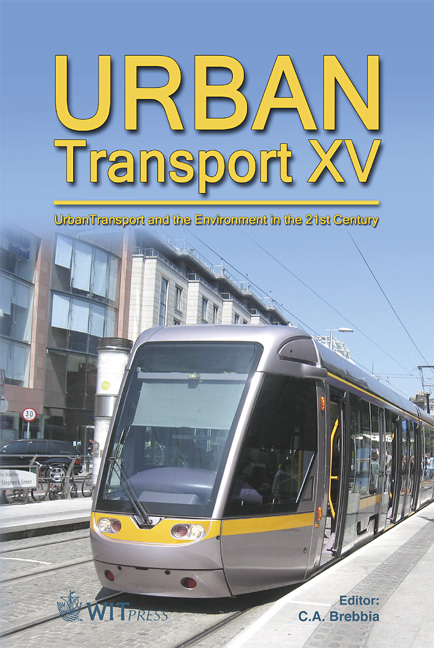Comparison Of Mobile Source Emission Models Using Aggregated And Disaggregated Data
Price
Free (open access)
Transaction
Volume
107
Pages
11
Page Range
553 - 563
Published
2009
Size
298 kb
Paper DOI
10.2495/UT090491
Copyright
WIT Press
Author(s)
A. Perez & A. de Barros
Abstract
Mobile source emission models are designed to provide a quantification tool of the amount of pollution that is released to the atmosphere from the vehicles within a defined region. The most common models were developed based on aggregated data, such as vehicle miles travelled, fuel consumption and average travelling speed. Recently, new models have been developed. They use a disaggregated analysis approach in order to include the sudden changes in speed and acceleration and the traffic interactions in the calculation. This paper presents a comparison between three different models developed on three different levels of data aggregation and their application on a road stretch. Traffic data (speed, acceleration and flow) is extracted from a micro simulation model and then used to calculate the total emissions during a specific period of time. Emission data was collected using a Portable Vehicular Emission Measuring System in a chassis dynamometer on a second by second basis. The main purpose of this research is to show the main differences in the calculation of emissions and their applicability to different levels of emission inventories. Keywords: mobile sources, emissions, micro simulation, average speed, instantaneous speed, instantaneous acceleration, air pollution.
Keywords
mobile sources, emissions, micro simulation, average speed, instantaneous speed, instantaneous acceleration, air pollution





